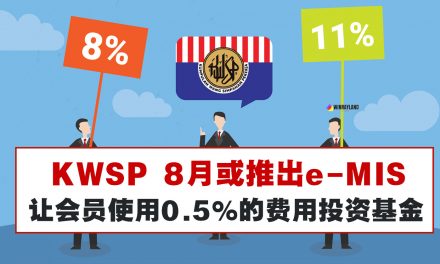Think about the last time you actually stood by the side of the road to flag a taxi. Chances are, you’ve completely ported over to using mobile apps that summon a vehicle to bring you from point A to point B. And that’s just one way digitalization has affected your life.
Some Singapore-based companies have been struggling to cope with the impact of digital transformation on conventional business models. This is why ride-hailing apps like Grab, which has digitalized the process of getting a taxi, have seen significant success in challenging traditional local competitors.
Frank Koo, head of LinkedIn Talent Solutions in Asia, explains that the core value of services haven’t changed. Rather, the change lies in the way services and products are delivered today.
He gives shopping as an example. Today, people can buy products online and have their shopping delivered to them.
“Competitive advantages have shifted from brick-and-mortar to digital outfits,” says Koo. “Such phenomenon has created a need for companies to develop strategies to future-proof their business through transforming themselves digitally.”
A key transformation caused by this, he adds, is in the kind of talent that companies hire. If businesses don’t realize that they need to embrace technology, it will be difficult to make the digital leap.
A changing job market
Singapore’s Ministry of Communications and Information plans to invest more than US$87 million to boost its citizens’ infocomm skills in anticipation of the 30,000 new infocomm jobs expected by 2020. These skills include software development, data analytics, cybersecurity, and network and infrastructure.
According to LinkedIn’s 2018 Emerging Jobs Report, the five fastest-growing jobs in Singapore are: data scientist, cybersecurity specialist, user experience designer, head of digital, and content specialist.
It’s not just tech companies that are looking to hire talent for these positions – traditional companies are getting in on the act, too.
One example is the need for data scientists across different industries. These people are able to sieve through massive amounts of existing data and derive meaning from just numbers.
Regardless of industry and sector, every business sits on a huge amount of data. By leveraging on that data, companies can add value to the services they offer.
With the help of data scientists, businesses – whether they are multinational corporations, startups, or small and medium-sized enterprises – can make themselves and their processes more efficient.
Hiring and attracting the right talent
LinkedIn’s report states that the future of the labor market is one that “values both hard, technical skills, as well as soft skills.”
Koo reasons that the actual hard skills required for the emerging roles change very quickly. Hence, characteristics like leadership, communication, and agility are far more important traits to look out for when hiring.
These soft skills are essential because offices are becoming more open, and collaboration is now a very important aspect in the workplace, he says. Moreover, work in the future will be done “through bringing together people with different skills.”
Koo also has advice for companies looking to set themselves apart from their competitors when hiring talent for emerging job roles.
“Businesses need to understand the talent they require,” he says. “They will then need to look at building a strong employer brand as critical talent have a lot of choices, and they would want to join companies with strong reputation for growth and development.”
Experience and instinct alone will not suffice as work becomes more complex and the environment becomes more uncertain and ambiguous.
One way employers can stand out is by creating compelling content to attract talent. Instead of putting out generic ads, companies should consider job candidates as customers, Koo suggests. An employer must be able to tell candidates why their company is the right one for them, offering relevant information to reach the right target audience.
On top of this, employers must be ready for the challenges that come with hiring for emerging roles.
Because these positions are difficult to fill, having data and insights has “progressed from a ‘good-to-have’ to a ‘must-have’” in making hiring decisions, says Koo. “Experience and instinct alone will not suffice as work becomes more complex and the environment becomes more uncertain and ambiguous,” he adds.
According to Koo, data and insights provide a good input for creating talent plans and validating talent decisions. As such, using tools such as LinkedIn Talent Insights can help businesses “undertake planning of their future workforce, inform employer branding and hiring decisions, and even analyze talent flows of companies within their industries.”
Without a plan, companies may find themselves investing a lot of resources and effort into the wrong place, resulting in delayed hiring, which may impact business objectives.
Currency converted from Singapore dollars. Rate: US$1 = S$1.37
LinkedIn’s Emerging Jobs Report details the five emerging jobs in Singapore, in the wake of the digital wave that’s sweeping the country.
Visit LinkedIn’s website to download the full report.










